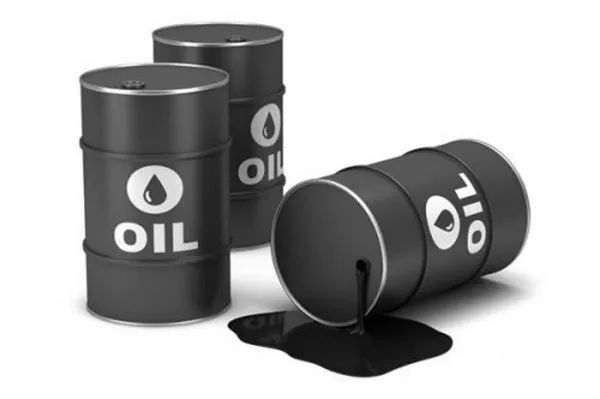West Texas Intermediate (WTI), the U.S. benchmark for crude oil, traded around $62.10 during Asian market hours on Tuesday, climbing slightly amid escalating tensions over Iran’s nuclear program. However, gains were tempered by growing concerns over the U.S. fiscal outlook and softer economic data from China.
The uptick in oil prices followed comments from Iranian Deputy Foreign Minister Majid Takhtravanchi, who on Monday declared that nuclear negotiations with the United States “will lead nowhere” if Washington continues to demand a complete halt to Tehran’s uranium enrichment. A day earlier, U.S. special envoy Steve Witkoff insisted that any new agreement must include a prohibition on enrichment, citing fears it could pave the way to nuclear weapons development. Iran maintains that its nuclear program is strictly for peaceful energy purposes.
The diplomatic stalemate injected fresh uncertainty into global oil markets, supporting WTI prices on fears of prolonged supply disruptions from the region.
Offsetting the bullish momentum, Moody’s Investors Service downgraded the U.S. sovereign credit rating from ‘Aaa’ to ‘Aa1’, citing a persistent failure by successive administrations to curb rising deficits and interest expenses. The downgrade raised concerns about the economic stability of the world’s largest oil consumer, potentially dampening future demand and weighing on crude prices.
Adding to the downside pressure, new data from China—the world’s top oil importer—revealed a slowdown in consumer spending. The National Bureau of Statistics reported that retail sales in April rose just 5.1% year-on-year, missing expectations of 5.5% and down from 5.9% in March. The weaker-than-anticipated figures underscored lingering demand headwinds in the Chinese economy.
As traders weigh geopolitical risks against economic concerns, WTI remains caught between opposing market forces.


